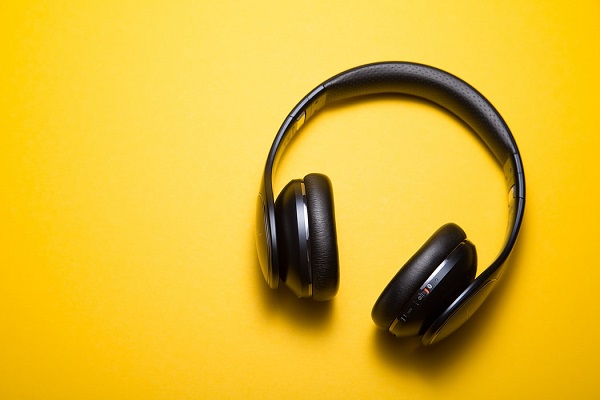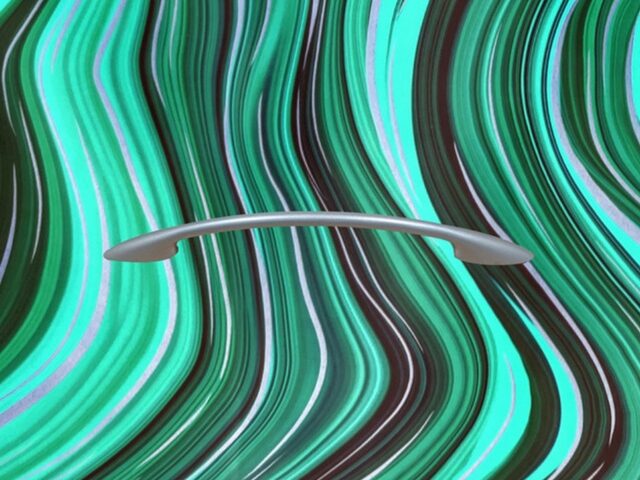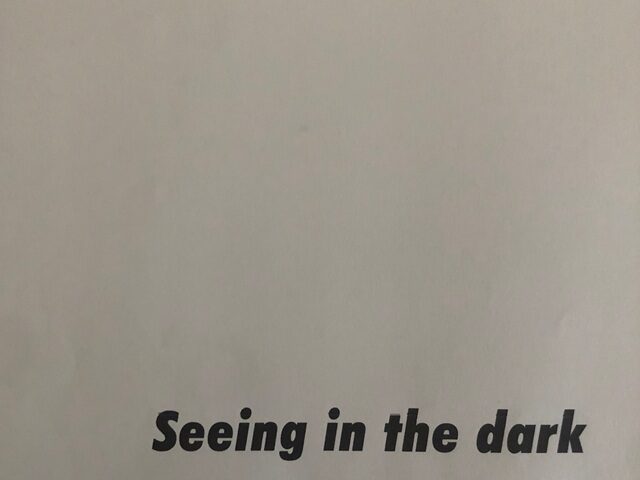
You’ve finally decided to invest in a good pair of headphones, or maybe you’re just wondering how to make your music listening sound incredible. Well, whether you’re an audiophile or are new to the idea, this blog post should give you some insight on why your pair of headphones matters when trying to improve the quality of your music listening experience.
I will get into some subjective technicalities here but I’ll still try to be as objective as possible. We are going to go through a number of different aspects of what makes music sound so good on some headphones, while disappointing on others (and even some problems with some songs that great headphones can’t fix).
We’re going to go through four components: frequencies, dynamic range, instrument separation and soundstage. So let’s get going!
Frequency Range
As a general rule of thumb, the best way to identify if headphones are suited for a certain genre of music or not is by looking at its frequency response range. The best closed back headphones with a wider frequency response range will have the ability to deliver more accurate sound reproduction from low frequencies all the way up to higher frequencies. In other words, it won’t be as flat or “boring”. In fact, even most studio monitors are tuned this way so that they can reproduce just about everything without too many issues. This means that bass heavy songs and genres such as Rap/Hip-Hop, EDM and Dubstep will sound just as good on a pair of semi-pro studio monitors as on a pair of Beats headphones.
In contrast, headphones with a narrower frequency response range will have more trouble delivering certain frequencies. For example, even though your favorite Pop song might sound OK through your flat/boring sounding headphones, the lack of deep bass and high treble tends to make songs less exciting. However, since most songs lack either too much bass or too much treble (it’s rare that we get both), this means that most headphones out there tend to be fairly versatile in terms of genre compatibility: they’re just not very exciting in general and fail to bring any element in particular to the forefront when compared to other genres where it excels at portraying its elements correctly.
This is why it’s important to find the headphone which sounds best for your favorite genres. Even though I might come off as an audiophile snob in this section, don’t forget that you will still need to apply some of these tips when you go out shopping for headphones.
Dynamic Range
I would argue that a more “accurate” pair of headphones will sound louder on the same volume setting than a less accurate pair. In other words, it’s easier to get a more “impressive” sound when one has a pair of dynamic headphones over a pair of IEMs/earbuds because they can be turned up loud enough to reveal dynamic range in quieter recordings which IEMs/earbuds would struggle with.
If you have a pair of headphones which can play back the entire dynamic range of a song without any issues, this means that you will get more out of your music. In general, I would argue that there is an inverse relationship between how accurate/boring a headphone sounds and its ability to bring dynamic elements into the foreground when listening to different types of songs.
Instrument Separation
Instrument separation is just as important as frequency response range. You might have noticed that certain songs sound incredible on some pairs of headphones and terrible on others even if both pairs seem to have a similar, if not identical, frequency response range. This is largely due to differences in instrument separation.
Instrument Separation refers to how well each element is portrayed in a song. If we consider some problematic songs as examples, Benny Benassi – Satisfaction has some pretty poor mastering which results in all instruments being mashed together into one massive wall of sound during the buildup and drop. This means that even though there’s plenty of bass and high-frequency presence, it still fails to impress because all elements are fighting for attention at once rather than sticking out on their own.
Skrillex – Scary Monsters and Nice Sprites has better dynamics but lacks deep bass altogether due to how it was mixed. Even though I do think this song is great, it stands as an example where having more accurate headphones can actually make the song sound worse by making it easier to pick out elements which are not there.
You can think of it as having a wide, tall and deep stage in front of you where each instrument occupies its designated space without infringing upon any other instruments’ territory. This is something that earbuds/IEMs simply cannot do since they tend to have much smaller drivers than over-head headphones or studio monitors for example. On the other hand, a pair of open back headphones will let you pick out individual instruments, something that you have to hear to truly understand how great it is.
Try listening to an orchestra through your smartphone’s built-in speaker if you don’t believe me!
Soundstage
Soundstage refers to how well layered the virtual stage is when using headphones. If we consider our previous examples again, Satisfaction has a very small soundstage where everything sounds like it’s being played through a radio in front of you. Meanwhile, Scary Monsters and Nice Sprites sounds like a much more organic experience with a real sense of distance between the instruments. This is largely because Satisfaction has very little stereo imaging to speak of meaning that there isn’t any distinction between where each sound is coming from.
Now try listening to this song on different sets of headphones (don’t worry about matching them up if you don’t want to) and see whether you get the same effect!
Conclusion
So what does it all mean? The moral of the story is: Don’t be afraid to experiment with new pairs of headphones if your favorite songs don’t sound as impressive as they used to. You might discover some hidden gems along the way! Or if not, you can always sell your new headphones on eBay.





